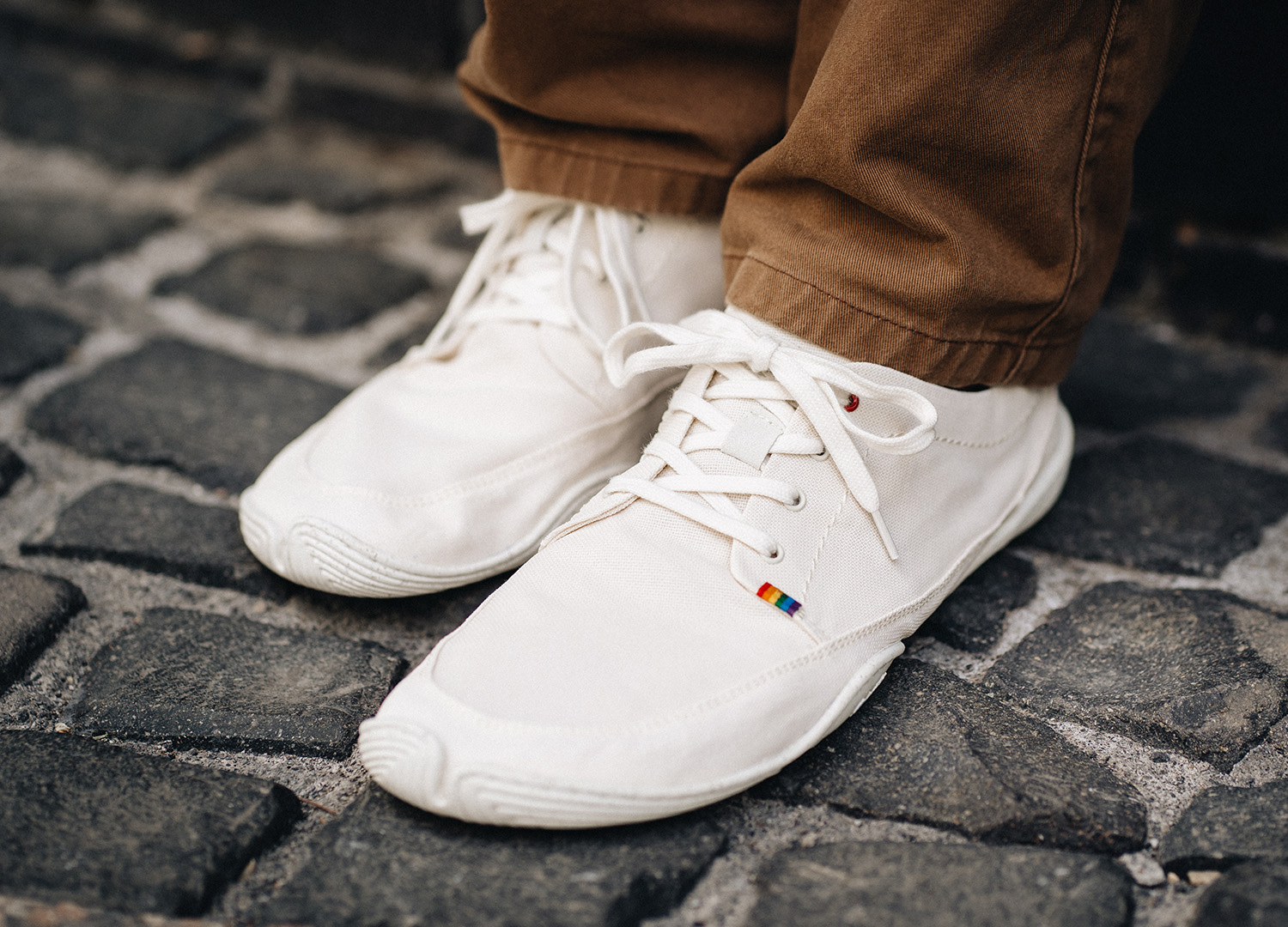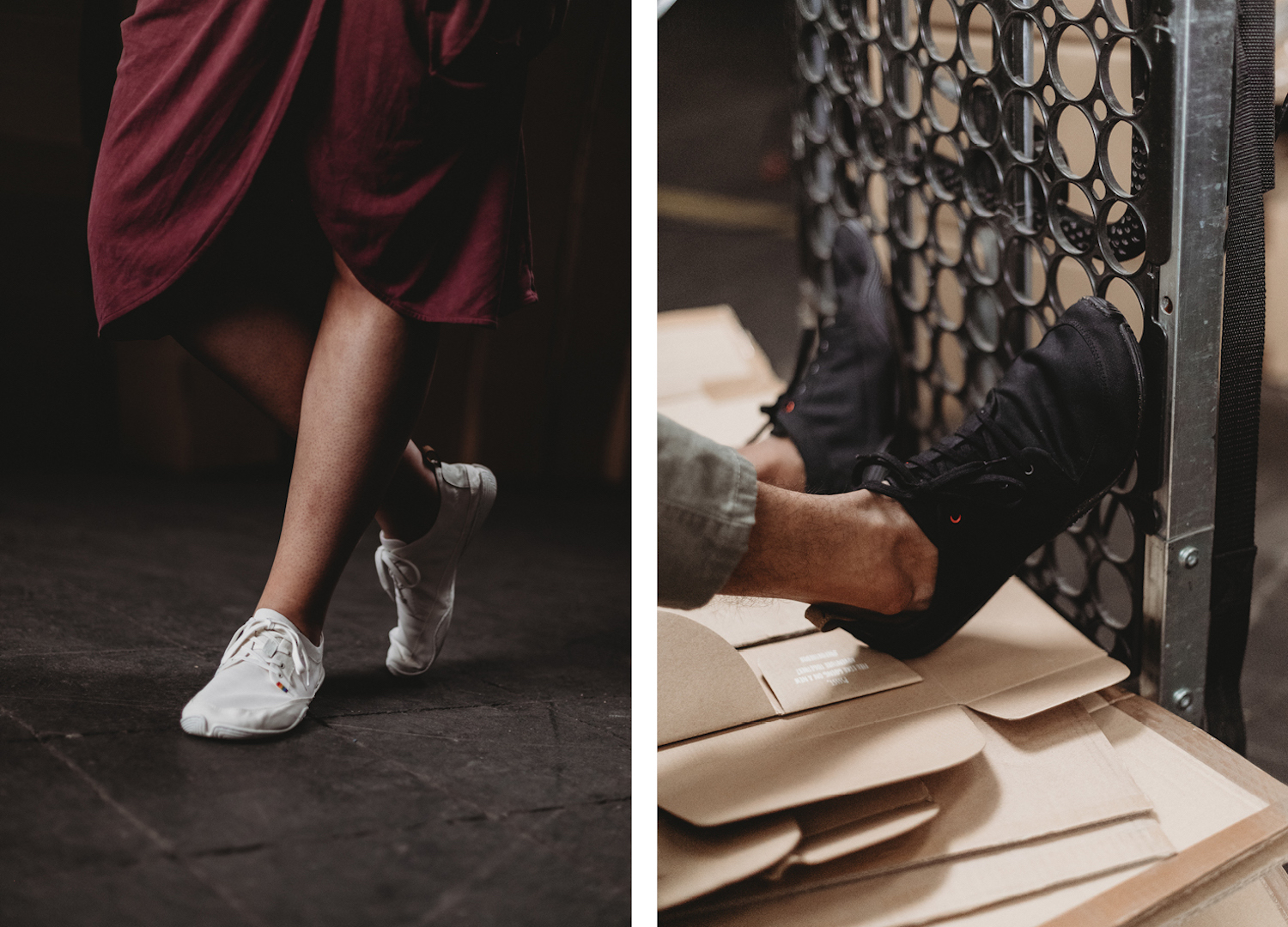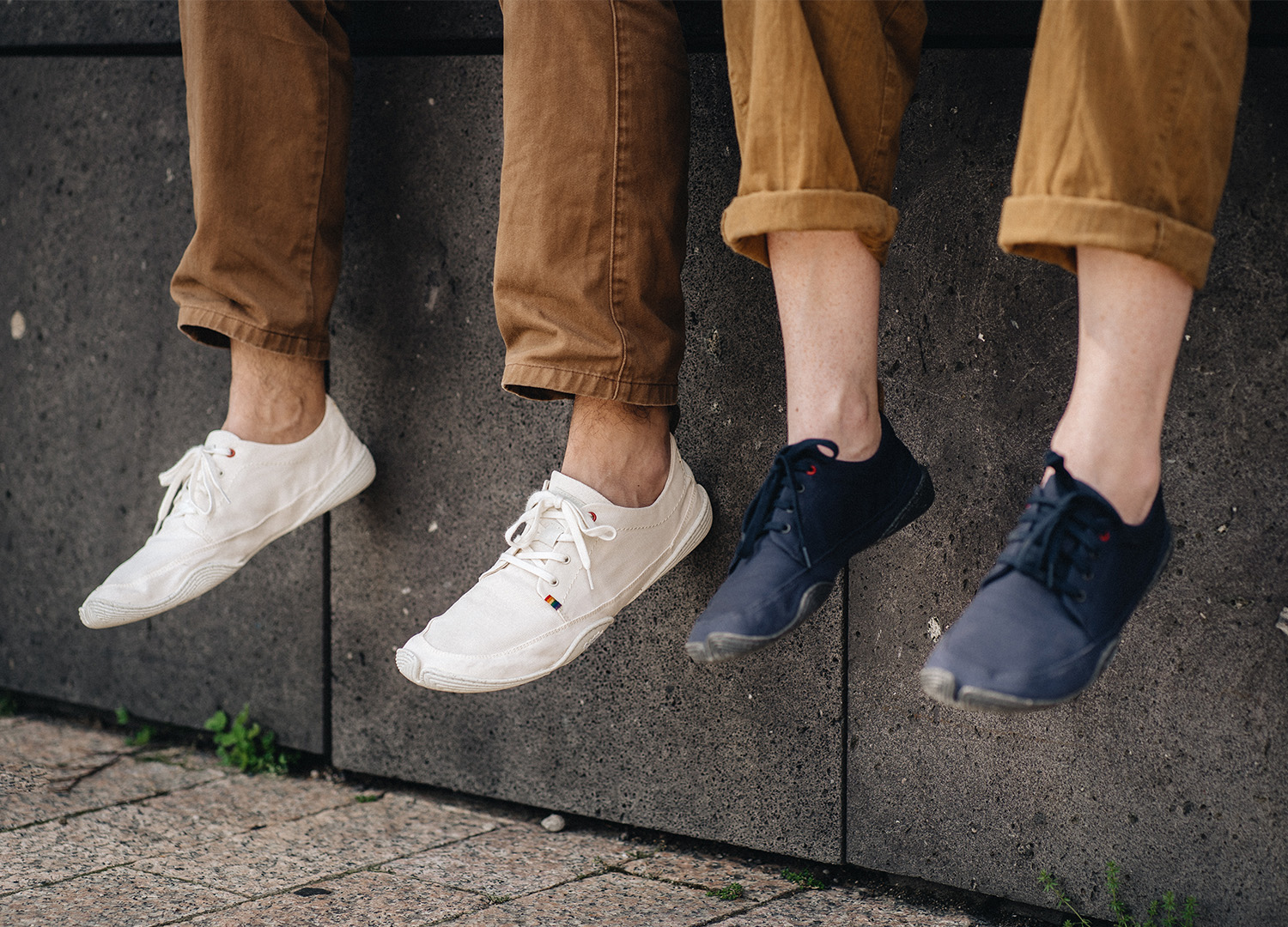
Put Your Best Foot Forward with These Minimalist Shoes
Noticing the freedom enjoyed by their children running barefoot through the Israeli countryside, Wildling co-founders Anna and Ran Yona put their best foot forward, creating a minimalist shoe business with heart and sole. Here we catch up with Anna to learn how the brand is walking lighter.
photos MARINA WEIGL AND NORA TABEL
Tell us a bit about the Wildling journey to now…
Ran and I met in Israel while I was studying in Tel Aviv. Our kids grew up roaming the Israeli countryside with bare feet, developing an amazing sense of body control and swift, agile movement in the process. In 2013, we moved back to Germany and the kids needed shoes for the first time in their lives. When they put them on, the change was immediately noticeable – their movement became less fluid, they kept stumbling over obstacles and, most of all, they simply hated the shoes, and kept taking them off at the first chance given. Ran is a sports therapist by profession – he started analysing shoes and how their features impact movement, and came up with ideas of how to construct a shoe that would be truly different. I had studied literature and history but had always loved communication and forming relationships. We had no clue about shoes and how to make them, and little to no experience in running a business. Looking back, I think that both were a blessing. Knowing nothing about shoemaking, we were able to imagine an everyday product from a completely fresh perspective, and being amateurs in management helped us create a company culture based on trust and intuition.
What is your approach to minimalism?
We live in a world where, for decades, everything has been pushed into one direction – more, more, more. Limitless extraction of resources, greed and economic systems built to grow continuously without calculating the true human and environmental costs of our economic activities have created the huge challenges we’re faced with – climate change and global injustice. We, therefore, urgently need to find ways to build regenerative economic systems by emulating nature’s principles and indigenous wisdom. Creating a minimalist product lies at the core of that. Using as few resources as possible to create our shoes is a big step towards a more sustainable product.
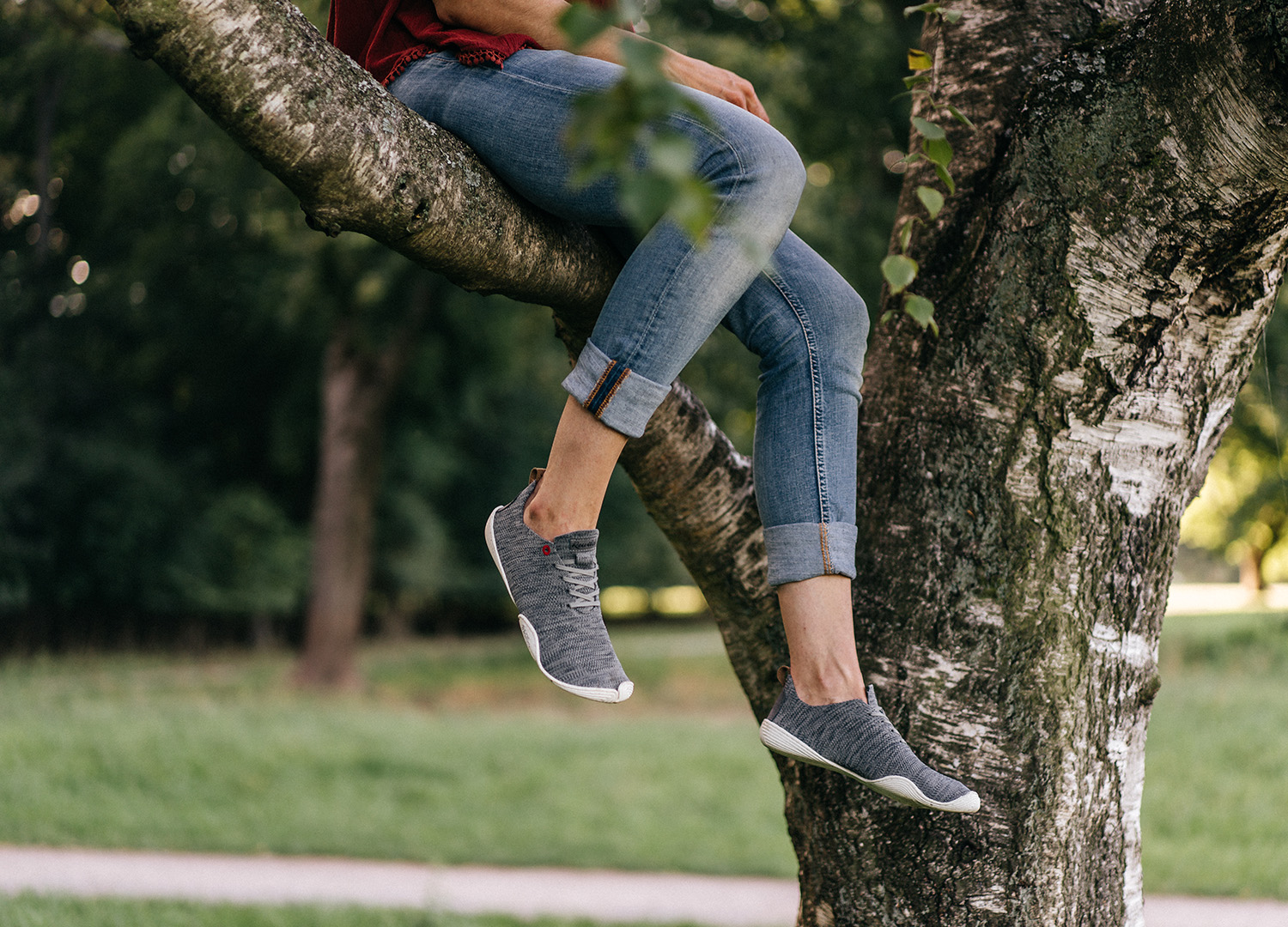
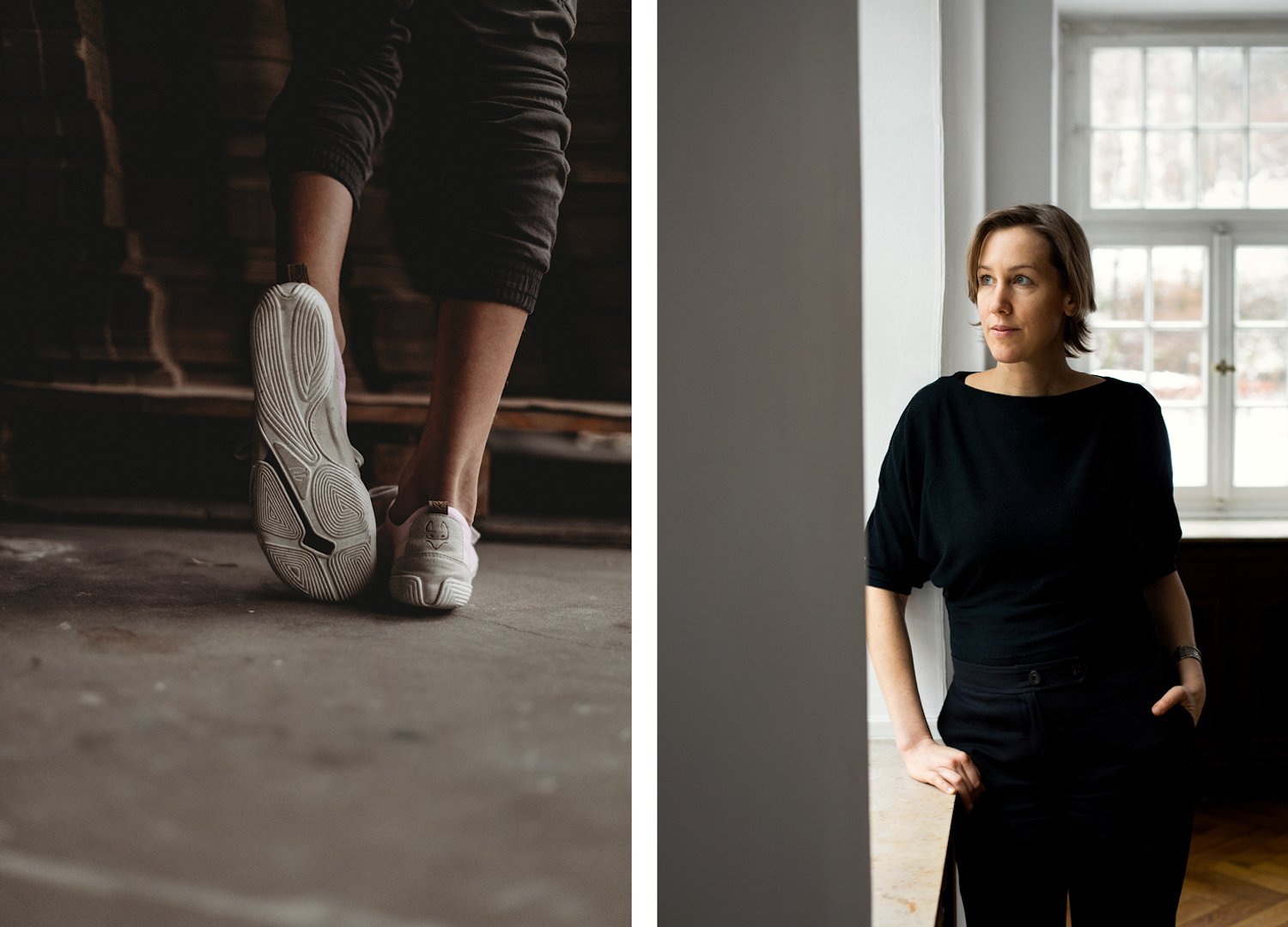
Why do you think foot health is so often overlooked?
Conventional footwear has an effect on foot shape and muscle strength, such as deformation of the big toe. If you think about a baby’s foot, the toes fan out widely, almost forming a triangular shape with the heel. Regular shoes have a very different shape – their front tends to come to a point, making our feet appear slimmer and daintier. Squeezing our toes together has an adverse effect on the natural angle of the big toe, something that can be detected from a very early age and that gets worse each year. Add to that a weakening of the foot muscles, because our muscles are held as if in a cast and cannot work to get strong in stiff shoes or shoes with supportive structures. The most frequent feedback we receive from customers, who are getting used to walking in Wildlings, is that their feet become accustomed to the natural freedom – it becomes nearly impossible to put on an old pair of shoes again.
As an organisation we have an even bigger responsibility than as individuals to question how we act and to find ways to do better.
How do you stay the course?
To hold ourselves accountable, we have formulated three big mission goals – saving 500,000 hectares for regenerative agriculture and rewilding; investing 50 million euros into the circular economy, partnerships and climate protection; and reaching 100 million people to learn with and from each other and strive for transformational change – and we are keeping track of our progress.
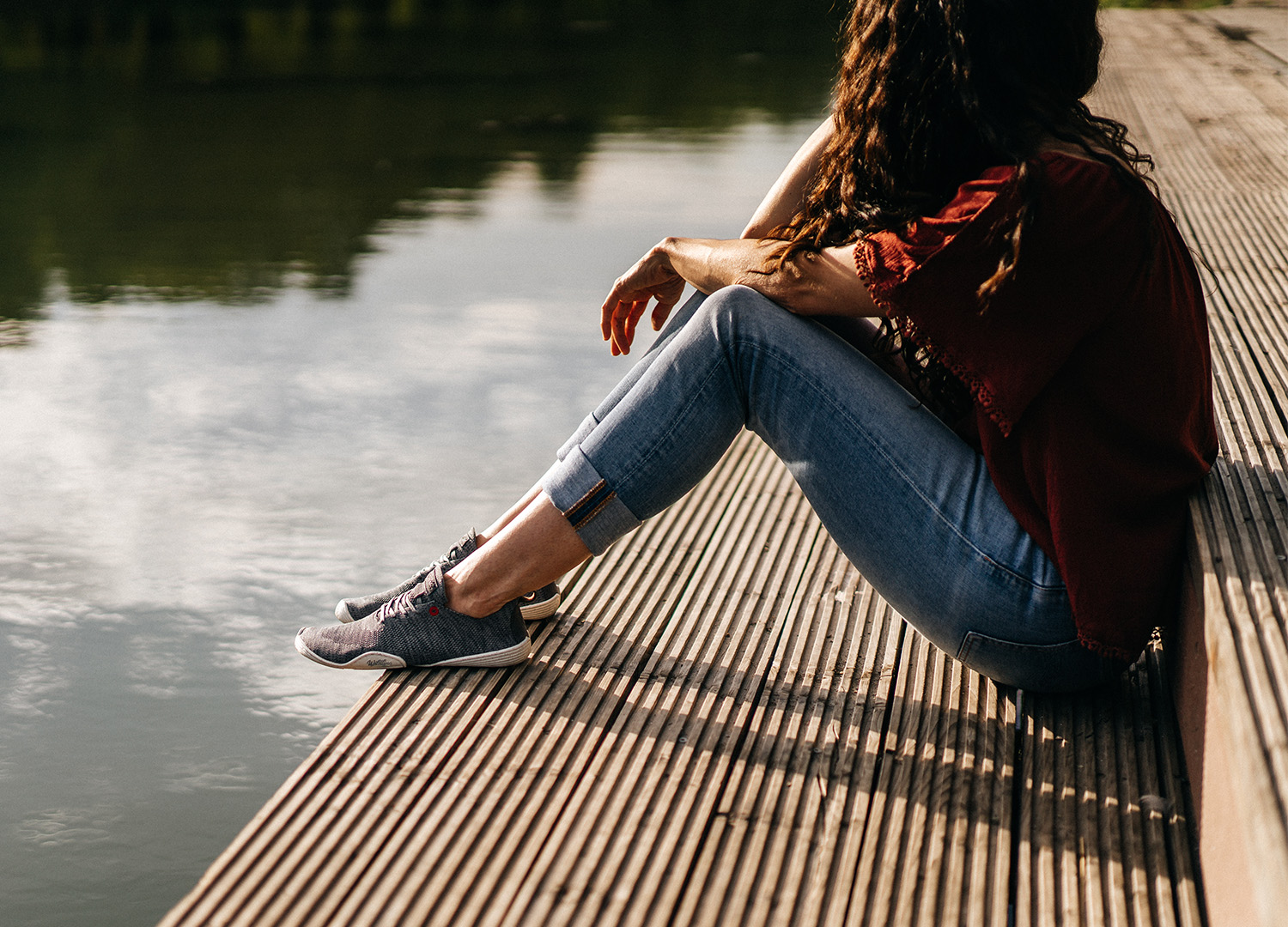
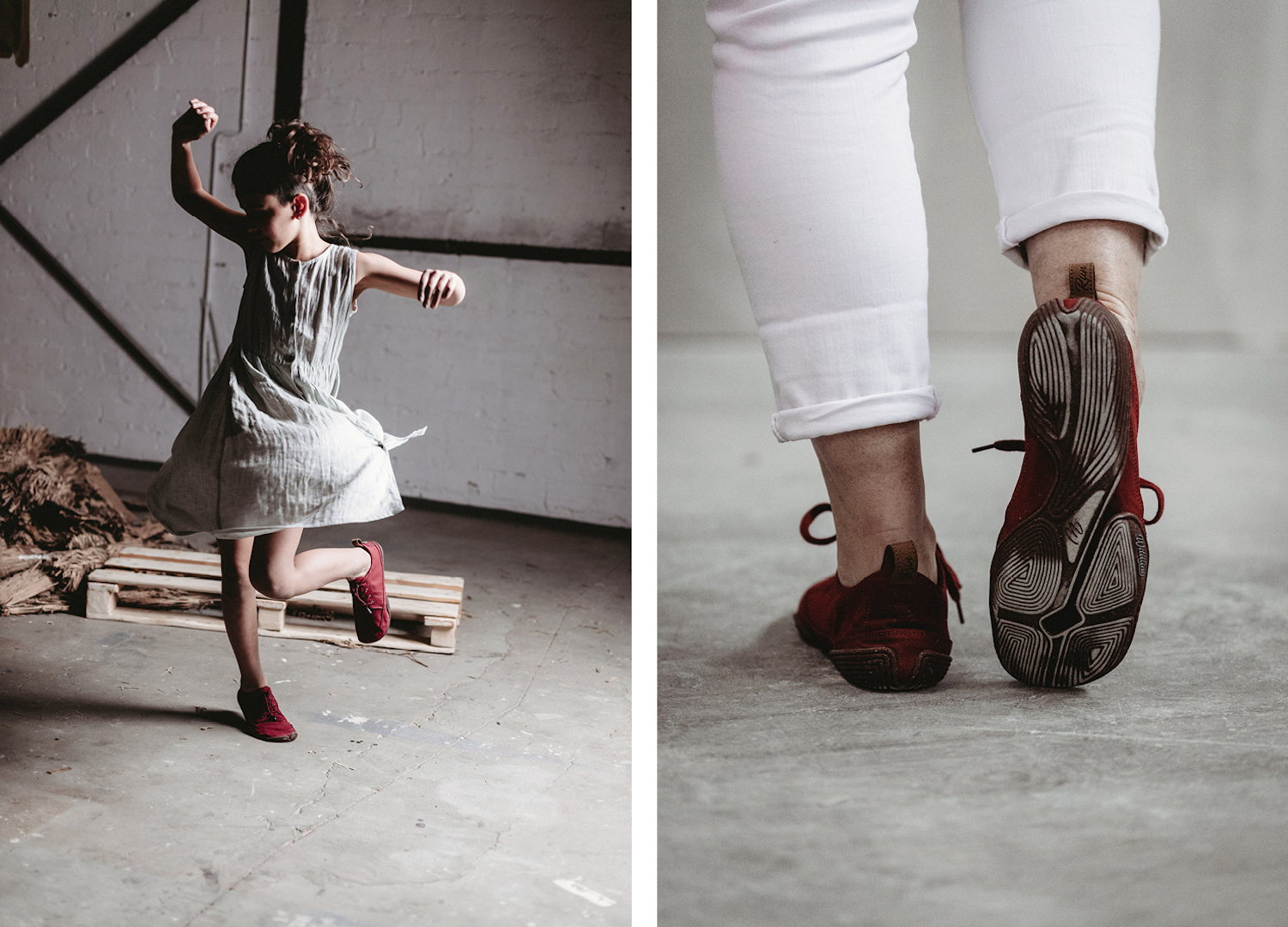
What have been the biggest challenges of sticking by your approach?
The biggest challenge for us is to bridge customer expectations with an uncompromising approach to sustainability and fairness. As customers, we’ve all learned that we can have everything at the cheapest price right now, but this isn’t compatible with a slower, more mindful and fairer way of doing business. While it’s fairly easy to make a waterproof shoe using plastics and chemicals, it’s much harder to achieve performance with only natural materials. Therefore, this demands some understanding and dedication from the customer – for example, they may need to periodically re-wax the materials. Similarly, we need to become more aware of price structures and learn that quality and fairness have a price. If a pair of shoes costs less than a good meal, then somewhere along the way – often at the start of the value chain – money is not being distributed fairly. Last but not least, if I can have everything now at the touch of a button, then invariably there will have to be surplus production to make sure everything is available all the time. In our case, we’re surely losing customers because not every shoe model is available all the time and because we often cannot ship overnight. This is because we produce carefully to avoid overproduction and waste, and because our logistics team does not work shifts (we’re a family business and we know about the negative impact shift-work can have on family life). Nevertheless, we feel that times are changing and that customers are becoming more aware of their impact and their choices. It’s good to learn together, and to enable customers to partake in the reshaping of our economies by being open and transparent about the whys and hows behind the scenes.
What has been your most important life lesson through creating Wildling?
As an organisation we have an even bigger responsibility than as individuals to question how we act and to find ways to do better. I believe our purpose is to co-define a regenerative economic system – by trying and failing and succeeding, by encouraging others to try and by learning from each other in order to generate transformational change together. Soon.
